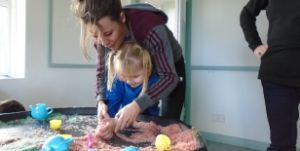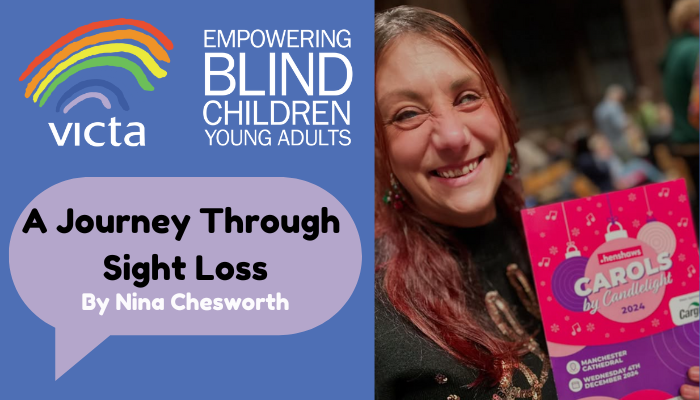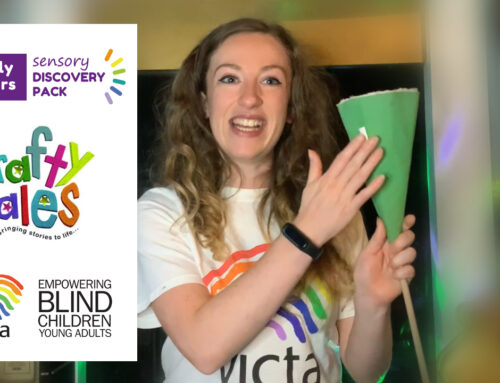 Messy play is an exciting sensory and tactile experience for children, and is extremely important for children’s development. It can be really helpful for developing fine motor skills as a variety of hand movements are utilised when participating in messy play activities. Squeezing, scooping, pinching, rolling, twisting, taring, grasping… the list goes on are all examples of fine motor movements that can be transferred onto everyday living skills- such as unbuttoning clothes, cutting food, writing, typing…
Messy play is an exciting sensory and tactile experience for children, and is extremely important for children’s development. It can be really helpful for developing fine motor skills as a variety of hand movements are utilised when participating in messy play activities. Squeezing, scooping, pinching, rolling, twisting, taring, grasping… the list goes on are all examples of fine motor movements that can be transferred onto everyday living skills- such as unbuttoning clothes, cutting food, writing, typing…
It is especially important for children who have a visual impairment to be introduced to messy play as early and consistently as possible – it assists with developing pre-braille skills, dexterity and can help prevent tactile defensiveness – a term used to describe the reaction that occurs when someone is very sensitive to touch. Someone who experiences tactile defensiveness will be more sensitive to touch compared to others.
What also is useful to mention at this point is that young children who have a visual impairment are more likely to ‘mouth’ objects into later life, as a way to further explore an object or a texture they encounter. So using non-toxic, home-made or even edible messy play materials can help to keep your child safe whilst having fun at the same time. The majority of learning is consumed visually, so as a parent it is a great idea to get as ‘hands-on’ as possible during a messy play session, to lead by example.
A tray or a bowl is a good place to arrange a messy play area – the perimeter can help guide the child to the action, whilst at the same time aid in controlling the mess created by the messy play! A defined learning space is a great way of helping your child learn which area they are exploring. As the children play they are developing their muscles, learning some key everyday transferable skills, overcoming texture anxieties and most of all having lots of fun!
Please follow the links below for some messy inspiration:
- http://www.earlyyearsresources.co.uk/blog/2018/02/messy-play-activities-ideas/
- https://learninghub.royalblind.org/course/view.php?id=172
- https://www.rnib.org.uk/sites/default/files/APDF-RE181123_Messy%20and%20Muddy.pdf
- https://www.pinterest.co.uk/klkey30/non-toxic-sensory-activities/
- https://mamainstincts.com/baby-safe-sensory-play-activities/
- https://bouncebackparenting.com/edible-sensory-activities-for-toddlers/
Join in the conversation! If you have been doing some great sensory play at home with your child, then we would love to hear from you. Please contact us here with any ideas!
You might also like…
Share this story
Explore by category









